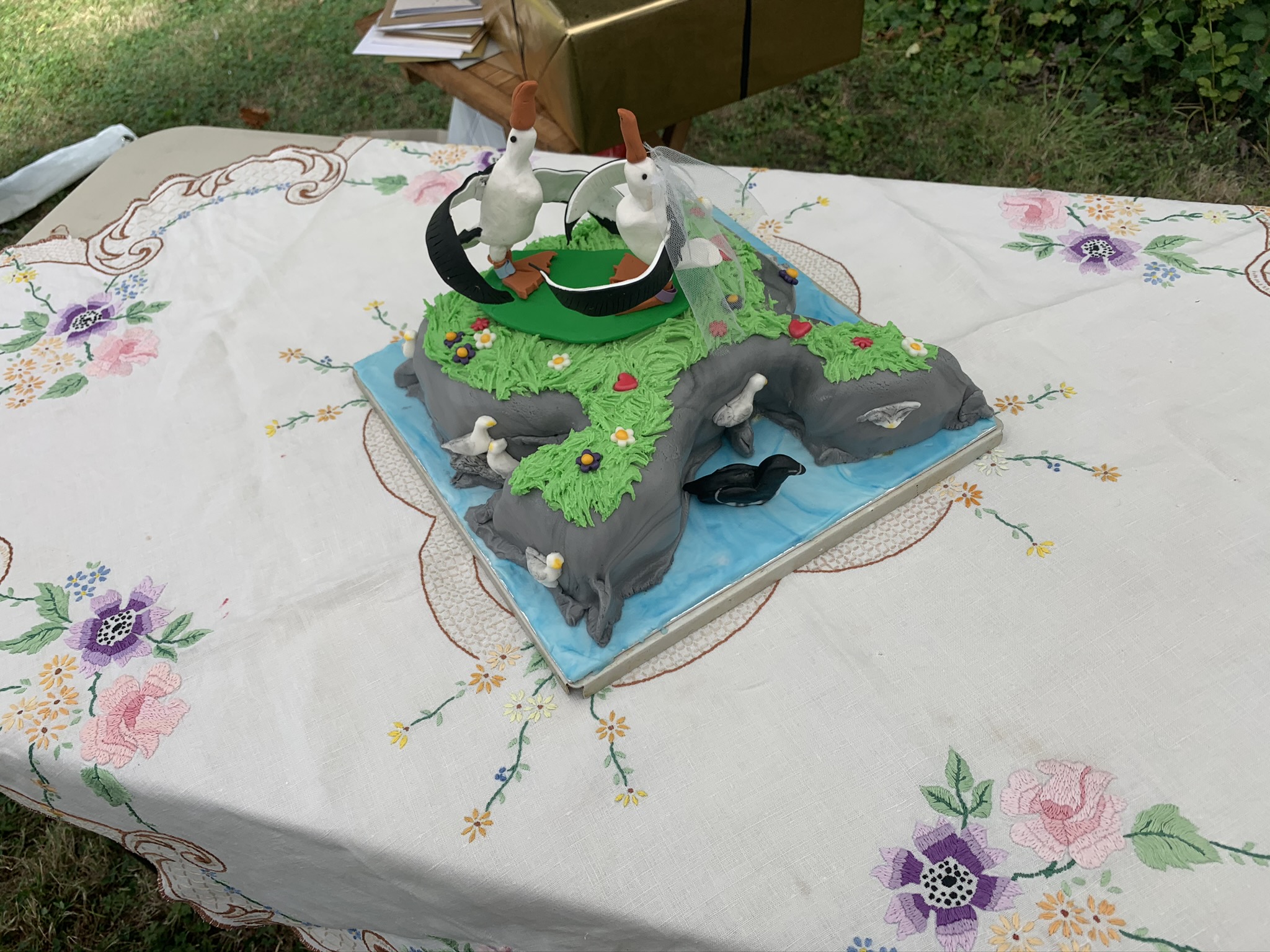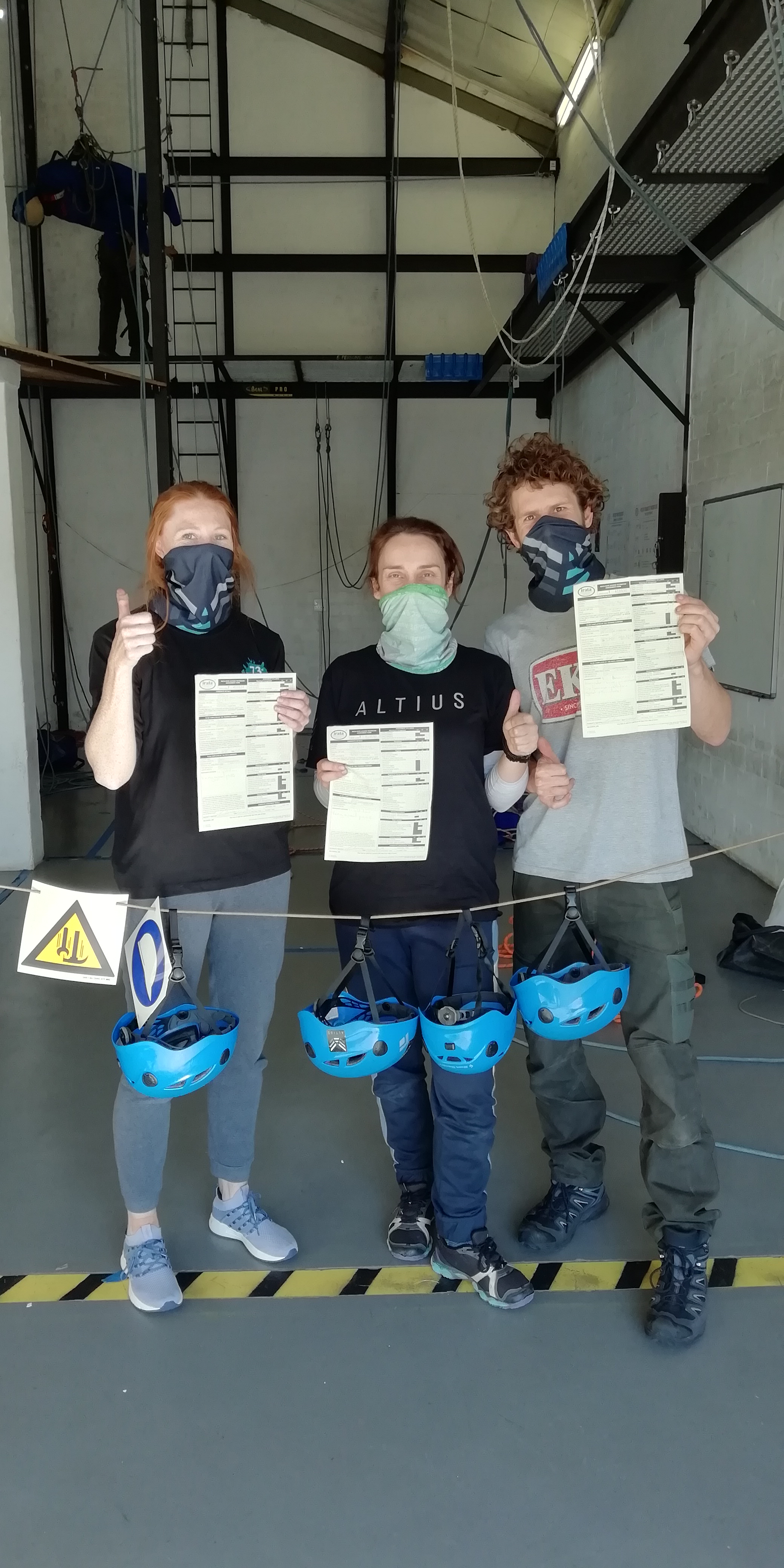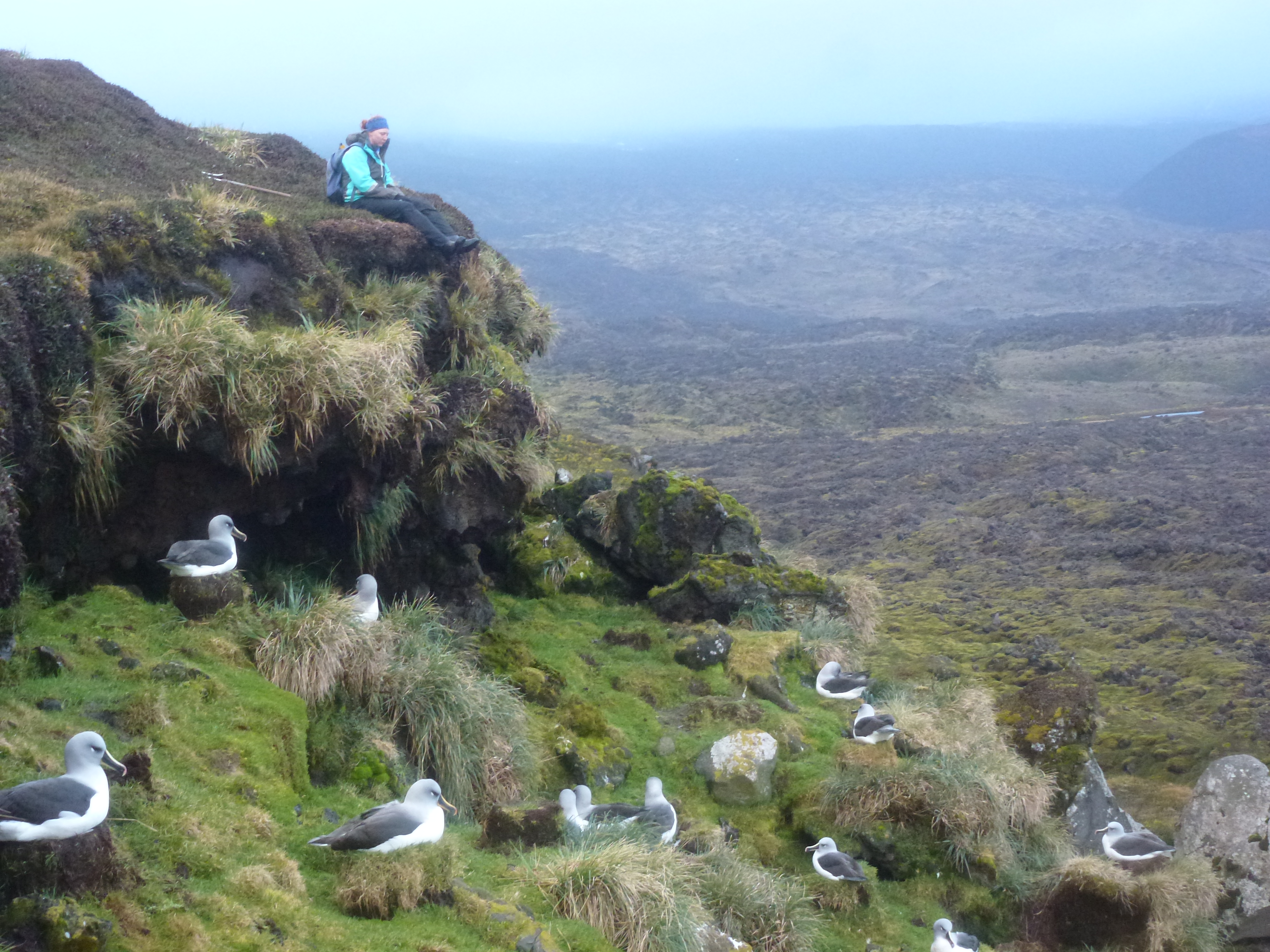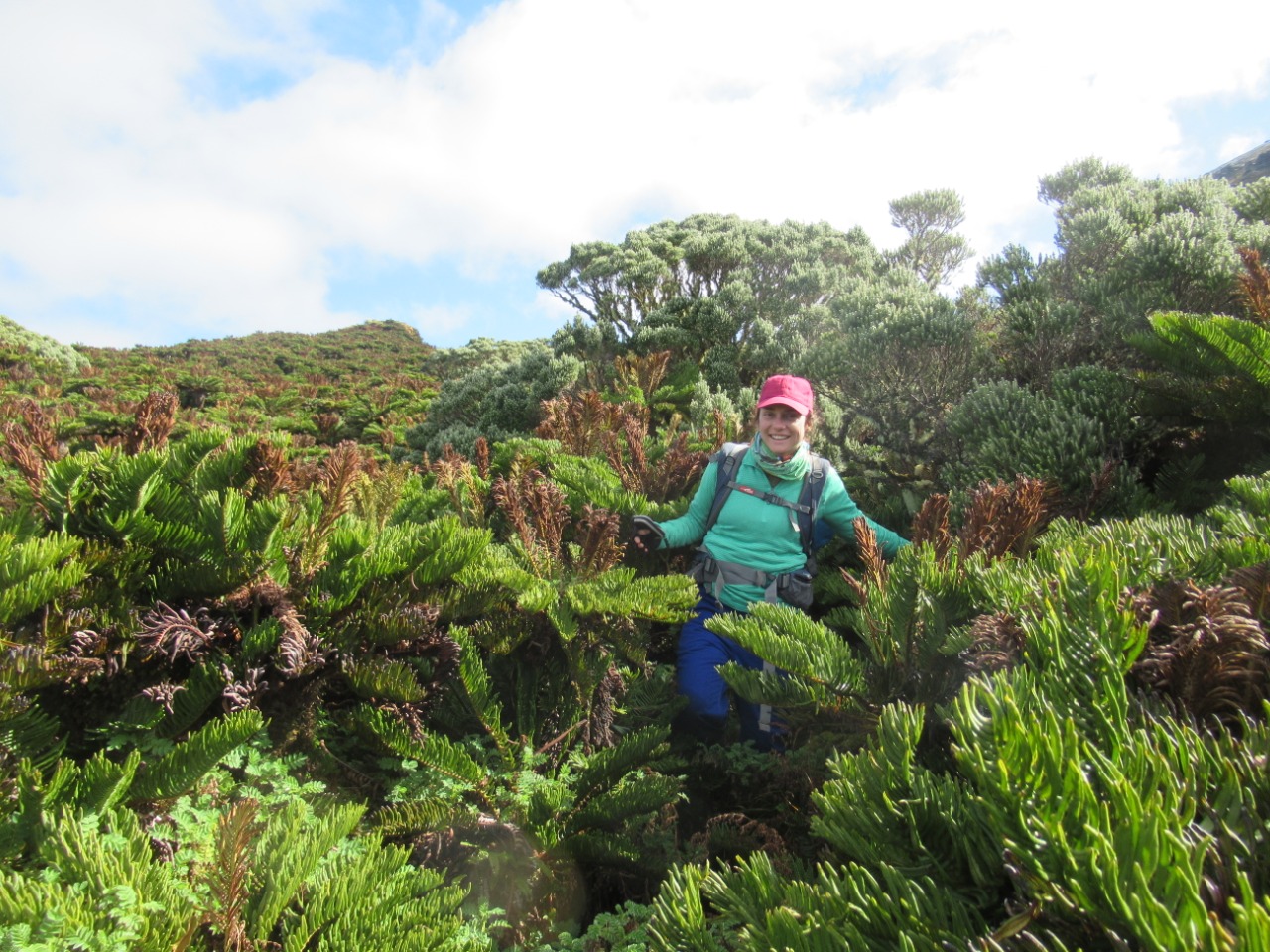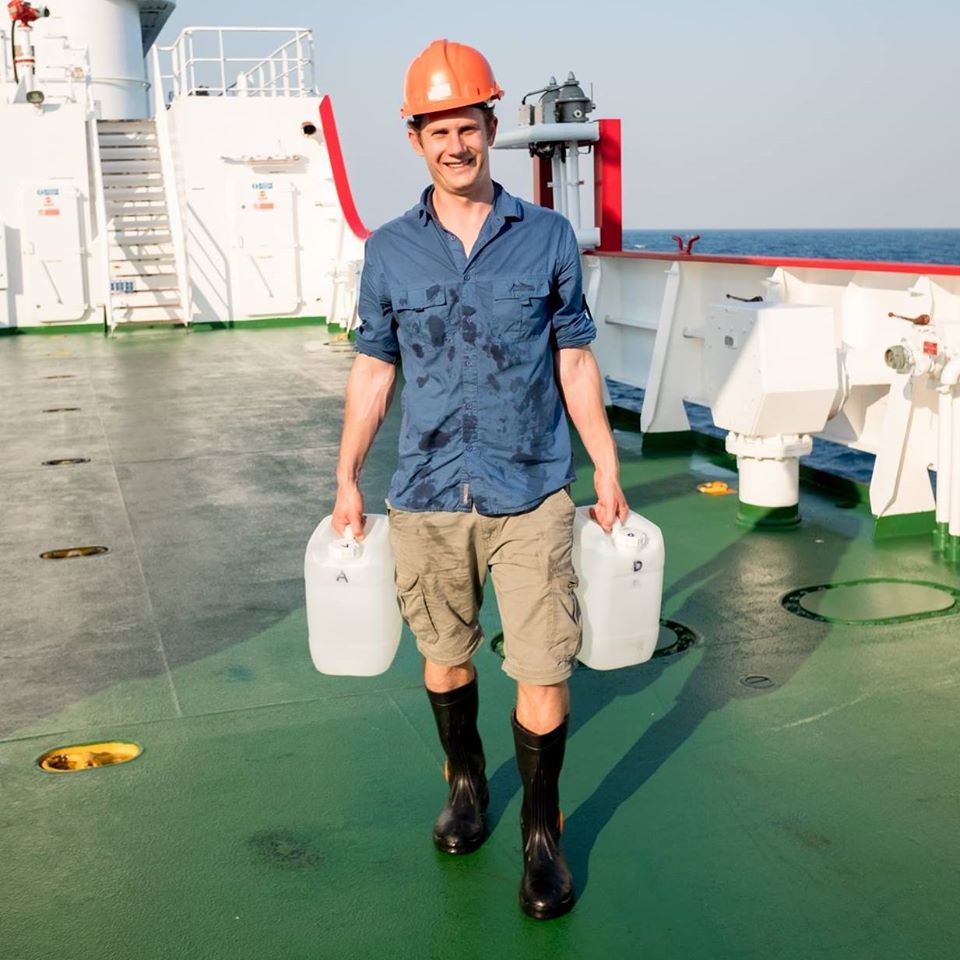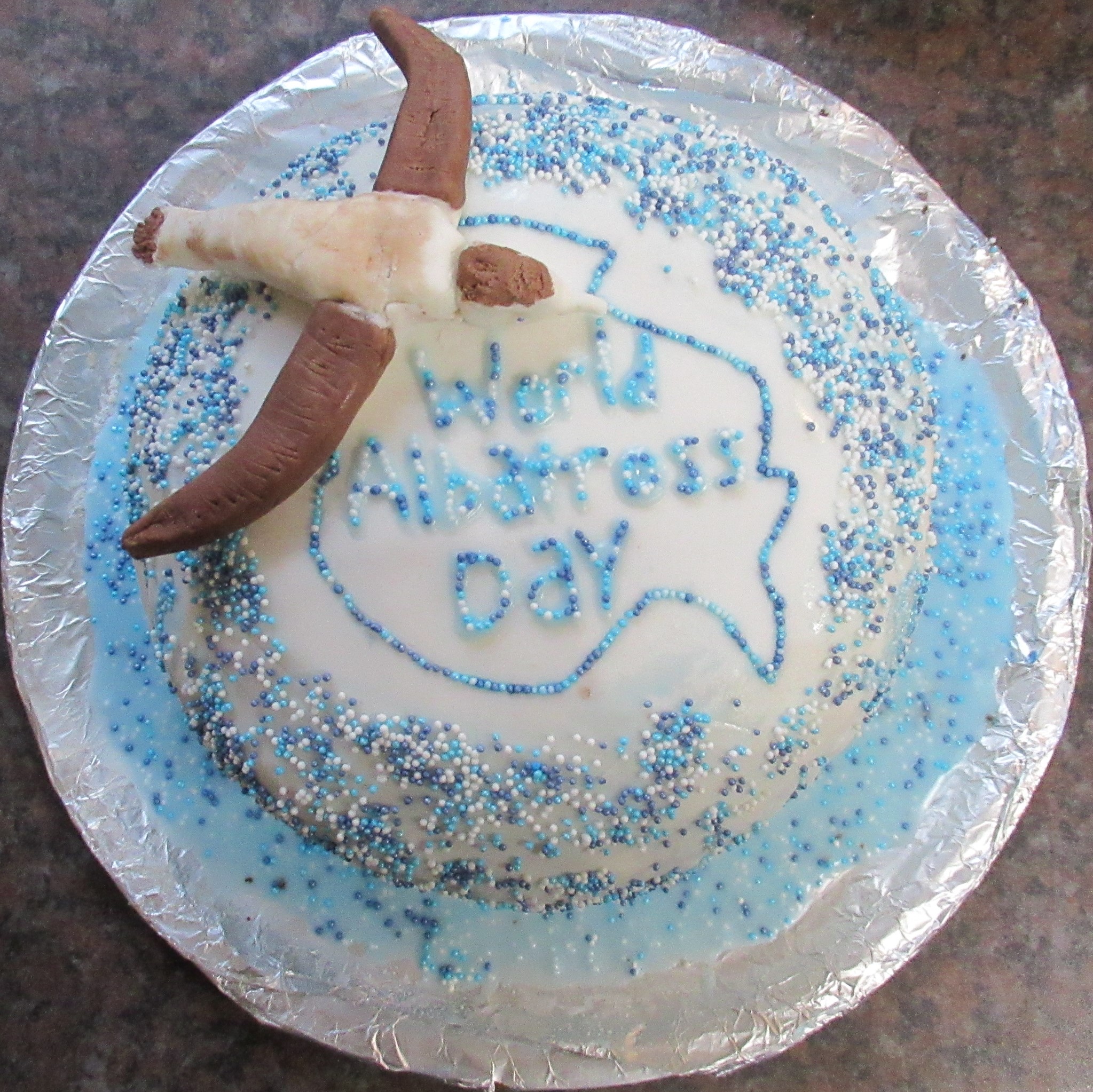
Cape Verde Shearwater
Gilson Semedo (Marine and Environmental Sciences Centre, University of Coimbra, Portugal) and colleagues have published in the journal Bird Conservation International on the seabirds of the Cabo Verde Archipelago that are threatened by introduced predators, habitat alteration or destruction and residual human persecution.
The paper’s abstract follows:
“Pelagic seabird populations have declined strongly worldwide. In the North Atlantic there was a huge reduction in seabird populations following the European colonization of the Azores, Madeira and Canary archipelagos but information on seabird status and distribution for the subtropical region of Cabo Verde is scarce, unavailable or dispersed in grey literature. We compiled and compared the historical and current distribution of all seabird species breeding in the Cabo Verde archipelago, updated their relative abundance, investigated their inland habitat preferences, and reviewed their threats. Currently, the breeding seabird community in Cabo Verde is composed of Bulwer’s Petrel Bulweria bulwerii, White-faced Storm-petrel Pelagodroma marina aedesorum, Cape Verde Shearwater Calonectris edwardsii, Cape Verde Storm-petrel Hydrobates jabejabe, Cape Verde Petrel Pterodroma feae, Boyd's Shearwater Puffinus lherminieri boydi, Brown Booby Sula leucogaster, and Red-billed Tropicbird Phaethon aethereus. One breeding species is currently extinct, the Magnificent Frigatebird Fregata magnificens. The relative abundance of Cape Verde Shearwater, Boyd’s Shearwater, Cape Verde Petrel, and Cape Verde Storm-petrel was determined from counts of their nocturnal calls in Santo Antão, São Vicente, Santa Luzia, Branco, Raso and São Nicolau. Cape Verde Petrel occurred only on mountainous islands (Santo Antão, São Nicolau, Santiago, and Fogo) from mid-to high elevations. Larger species such as the Cape Verde Shearwater and Boyd’s Shearwater exhibited a wider distribution in the archipelago, occurring close to the coastline but at lower densities on populated islands. Small procellariforms such as the Cape Verde Storm-petrel occurred at high densities only on rat-free islets and in steep areas of main islands where introduced cats and rats are unlikely to occur. The main threats to seabird populations in Cabo Verde range from predation by introduced predators, habitat alteration or destruction, and some residual human persecution.”
Reference:
Semedo, G., Paiva, V.H., Militão, T., Rodrigues, I., Dinis, H.A., Pereira, J., Matos, D., Ceia, F.R., Almeida, N.M., Geraldes, P., Saldanha, S., Barbosa, N., Hernández-Montero, M., Fernandes, C., González-Sólis, J. & Ramos, J.A. 2020. Distribution, abundance, and on-land threats to Cabo Verde seabirds. Bird Conservation International doi.org/10.1017/S0959270920000428.
John Cooper, ACAP Information Officer, 02 September 2020

 English
English  Français
Français  Español
Español 



